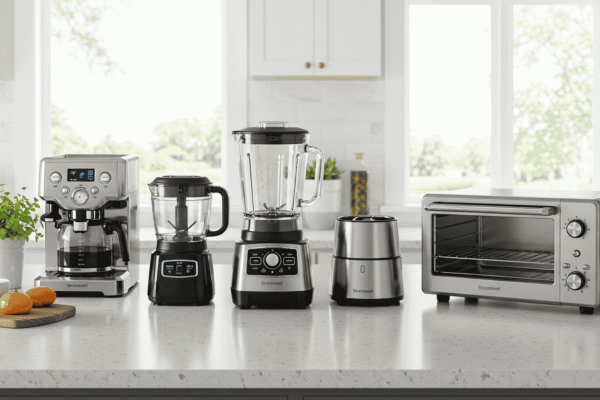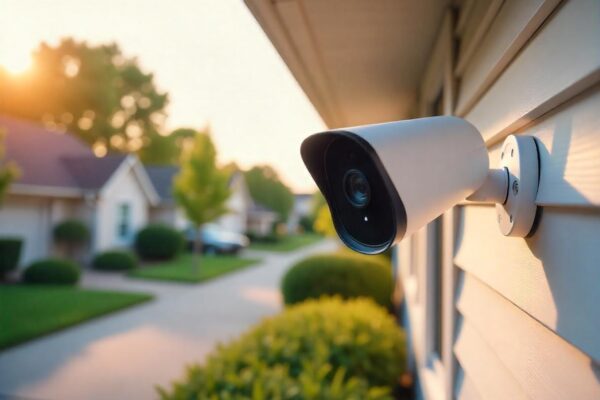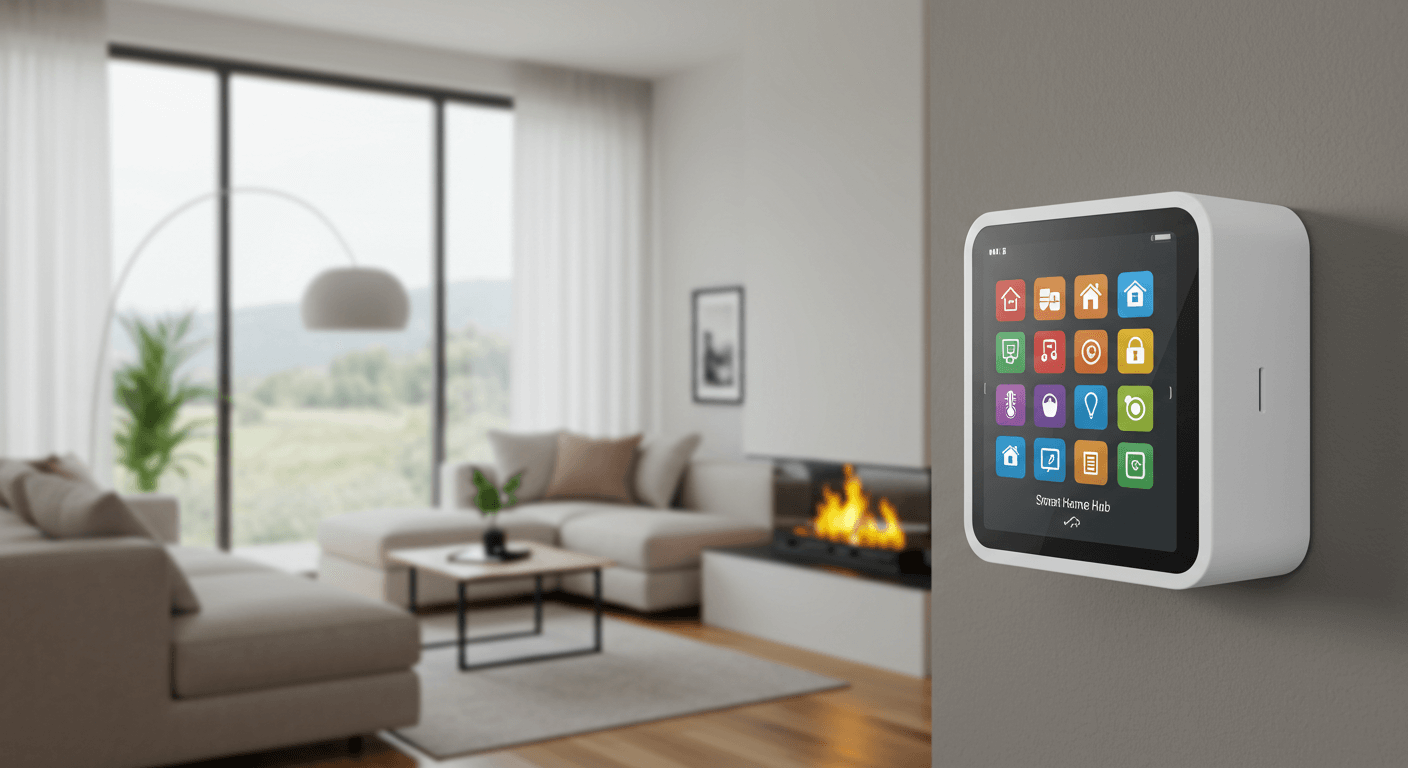AI-powered voice assistants are rapidly becoming the cornerstone of modern smart homes. These intelligent devices use advanced voice recognition technology and AI algorithms to make daily tasks easier, more efficient, and even fun. Whether you want to control your lighting, manage your home security, or simply get answers hands-free, understanding how these assistants work and how to choose the right one can transform your living space. In this guide, we’ll explore everything you need to know about AI-powered voice assistants, helping you create a smarter, more connected home that fits your lifestyle perfectly.
What Are AI-Powered Voice Assistants and How Do They Work?
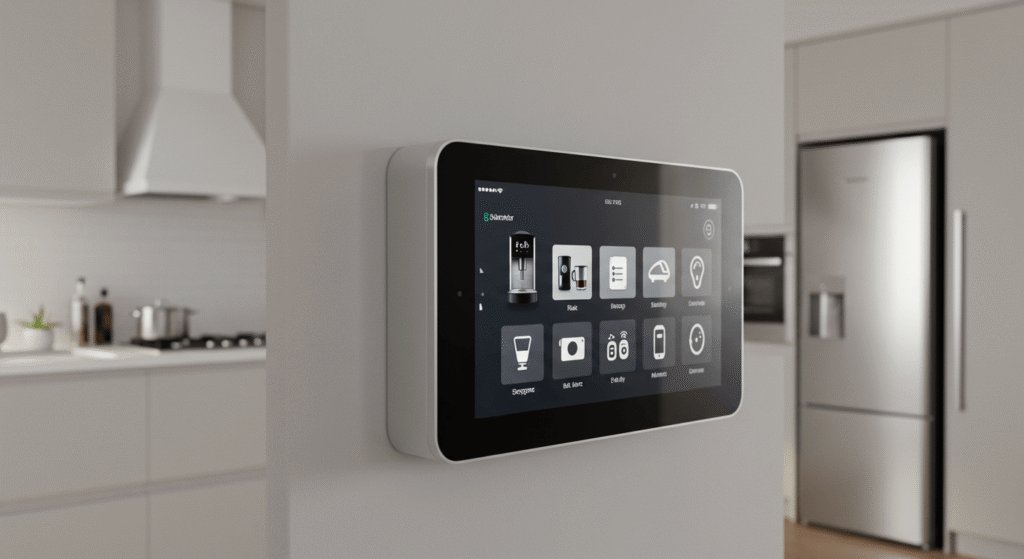
AI-powered voice assistants have revolutionized how we interact with technology in our homes. At their core, these systems allow users to communicate with devices through natural speech, eliminating the need for manual input. By combining voice recognition technology with sophisticated artificial intelligence, these assistants understand spoken commands and respond appropriately. This technology leverages complex processes such as natural language processing (NLP) to interpret and act on user requests, making everyday tasks more convenient and hands-free.
Understanding the Basics of AI Voice Assistants
At a fundamental level, an AI-powered voice assistant listens for voice commands, processes the spoken words, and executes tasks accordingly. When you speak, the assistant converts your voice into digital data using speech recognition systems. Then, it applies natural language processing to comprehend the intent behind your words. This allows it to perform a wide range of actions—from answering questions to controlling smart home devices—creating a seamless and interactive user experience.
The Role of AI Algorithms in Voice Assistants
The intelligence behind these assistants comes from AI algorithms designed to learn and improve over time. Through continuous interaction with users, the system collects data that helps it understand preferences, speech patterns, and common commands more accurately. This learning process enables the voice assistant to deliver faster, more relevant responses and anticipate needs before they are explicitly stated. Essentially, the AI evolves by adapting to individual habits, making your smart home interactions more personalized and efficient.
Common Voice Assistant Features You Should Know
AI-powered voice assistants come equipped with various features designed to enhance your daily life. Here are some of the most common ones:
- Voice command execution: Perform tasks like playing music, setting timers, or checking the weather using simple spoken instructions.
- Smart device control: Manage compatible devices such as lights, thermostats, and security systems hands-free.
- Reminders and alerts: Set reminders, alarms, and calendar events to stay organized.
- Information retrieval: Ask questions and receive instant answers from the internet or connected databases.
- Personalized routines: Create custom sequences of actions triggered by a single command to automate multiple tasks.
These features combine to make AI voice assistants an essential part of a connected and intelligent home environment.
Why AI Voice Assistants Are the Heart of Smart Homes
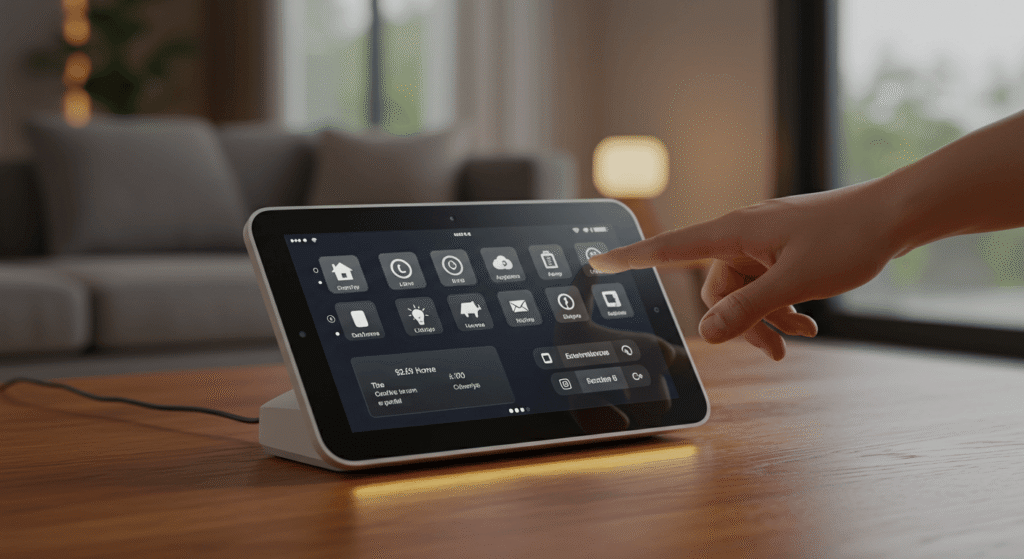
Integrating AI-powered voice assistants into your home transforms the way you interact with technology, making your living space more intuitive and responsive. These assistants are not just gadgets—they act as the central nervous system of your smart home, providing convenience, improving energy efficiency, and enhancing accessibility for all household members.
From Convenience to Efficiency: Real Benefits at Home
One of the most significant advantages of AI voice assistants is their ability to save time. Instead of manually adjusting settings or searching for information, you can simply speak your commands and get immediate results. This hands-free operation is especially valuable for multitasking or for individuals with mobility challenges, improving overall accessibility. Moreover, these assistants contribute to smarter energy management by allowing you to control heating, lighting, and appliances remotely or through automated schedules, which helps reduce energy consumption and lowers utility bills.
Voice Assistants as Central Control Hubs
AI voice assistants serve as the central hub connecting all your smart home devices. They enable seamless communication between gadgets like lights, thermostats, security cameras, and entertainment systems. Through one interface—your voice—you can manage and monitor various devices without switching apps or remotes. This centralization simplifies home automation, allowing complex routines to be set up with ease, such as adjusting lighting and temperature together when you say “good night” or activating security features when leaving the house.
User Privacy & Security Considerations
While AI-powered voice assistants offer numerous benefits, protecting your privacy and securing your smart home ecosystem is essential. Start by regularly updating your devices and using strong, unique passwords. Disable features you don’t use, such as always-on listening, to limit data exposure. It’s also wise to review and adjust privacy settings in your voice assistant’s companion app, ensuring data sharing is minimized. Finally, consider setting up a separate network for your smart devices to isolate potential vulnerabilities and enhance overall security. These precautions help keep your personal information safe while enjoying the convenience of voice-controlled technology.
Key Technologies Powering AI Voice Assistants
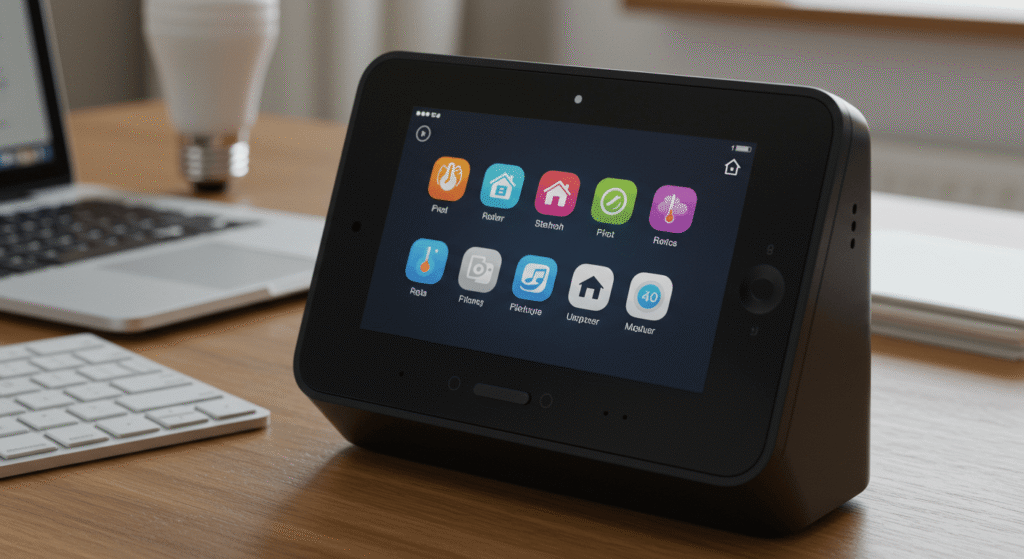
The effectiveness of AI-powered voice assistants depends on several advanced technologies working together to understand and respond to user commands accurately. These technologies enable seamless interaction between humans and machines, making smart home control intuitive and reliable.
Voice Recognition and Natural Language Processing (NLP)
At the core of every voice assistant is voice recognition technology, which converts spoken words into digital text. However, recognizing words is just the first step. To truly understand what a user wants, voice assistants use natural language processing (NLP)—a branch of artificial intelligence that interprets the meaning behind the words. NLP helps the system grasp context, intent, and nuances in human speech, allowing it to handle complex commands and answer questions naturally, much like a conversation with a person.
Machine Learning and Continuous Improvement
Another essential technology is machine learning, which enables voice assistants to improve over time. Each interaction provides data that the AI analyzes to recognize patterns in speech, preferences, and frequently used commands. This continuous learning process helps the assistant become more accurate and personalized, adapting to individual accents, habits, and routines. As a result, the system becomes better at predicting your needs and offering relevant suggestions.
Integration with Internet of Things (IoT) Devices
The full potential of AI voice assistants is unlocked through their ability to connect with various Internet of Things (IoT) devices in your home. This connection is made possible by communication protocols such as Wi-Fi, Zigbee, and Bluetooth, which allow voice assistants to send commands and receive status updates from smart devices. By integrating these technologies, voice assistants can control lighting, security systems, thermostats, and more, creating a unified smart home ecosystem that responds effortlessly to your voice commands.
How to Choose the Right AI Voice Assistant for Your Smart Home
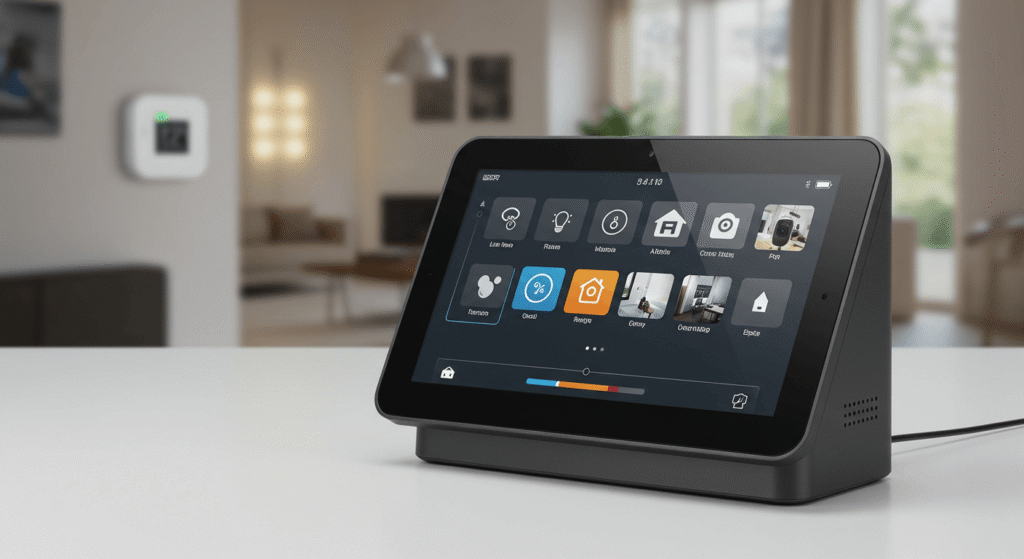
Selecting the best AI-powered voice assistant for your smart home involves more than just picking the most popular option. It requires understanding your unique needs, the devices you already have or plan to add, and how your home automation setup might evolve over time. Making the right choice ensures a smoother experience and better long-term satisfaction.
Assessing Your Smart Home Needs and Goals
Before diving into the options, it’s crucial to identify what you want your voice assistant to do. Consider creating a simple checklist or quiz that covers key priorities such as:
- Do you want to enhance home security with voice-activated locks or cameras?
- Are you mainly interested in entertainment features like music and video control?
- Is energy management and reducing utility bills a priority?
- Do you need accessibility features to assist family members with disabilities?
By clarifying these goals upfront, you can focus on assistants that excel in the areas most important to you, ensuring your smart home setup aligns perfectly with your lifestyle.
Compatibility and Device Ecosystem
An often overlooked factor when choosing a voice assistant is how well it integrates with your existing or planned smart devices. Because not all assistants support every brand or protocol, check the compatibility of your current gadgets—such as lighting, thermostats, and security cameras—with the voice assistant ecosystem. Ensuring seamless communication prevents frustration and keeps your home automation running smoothly. Look for assistants that support popular communication standards to maximize flexibility.
Scalability and Future-Proofing Your Setup
Smart homes are continually evolving, so it’s wise to select an AI voice assistant that can grow with your needs. Choose a system that supports adding new devices easily and offers regular software updates to introduce new features and security improvements. Additionally, consider assistants compatible with a wide range of protocols and emerging technologies to avoid outgrowing your setup quickly. Future-proofing your choice means your smart home will remain efficient and enjoyable well into the years ahead.
Must-Have Voice-Activated Smart Home Devices
To fully harness the power of AI-powered voice assistants, pairing them with the right smart devices is essential. These gadgets expand your control over everyday tasks, increase comfort, and enhance the overall smart home experience. Below are some categories of voice-activated devices that can transform your living space.
Smart Lighting and Climate Control
Voice-controlled lighting and climate devices bring both convenience and efficiency to your home environment. With simple commands, you can adjust brightness, change colors, or turn lights on and off without lifting a finger. Similarly, smart thermostats and fans respond to your voice to maintain optimal temperatures, helping reduce energy consumption and costs. This hands-free control is perfect for adjusting settings while cooking, relaxing, or moving between rooms, making your home more comfortable and energy-efficient.
Voice-Enabled Home Security and Surveillance
Integrating voice assistants with home security devices enhances safety and peace of mind. Voice-activated locks, cameras, and alarm systems allow you to secure your home quickly and effortlessly. You can ask your assistant to check if doors are locked, arm security systems, or even view live camera feeds without needing to access multiple apps. This centralized control streamlines managing your home’s security and makes it easier to respond promptly to potential threats.
Everyday Convenience Gadgets
Beyond lighting and security, a variety of everyday smart devices respond to voice commands, adding convenience throughout your home. Smart plugs let you control appliances remotely or automate their schedules, while voice-enabled kitchen gadgets can assist with timers, recipes, and even coffee brewing. These devices help automate routine tasks, freeing up your time and simplifying your daily routine by allowing you to manage multiple functions using only your voice.
Tips for Optimizing Your AI Voice Assistant Experience
Getting the most out of your AI-powered voice assistant involves more than just speaking commands—it requires learning how to communicate effectively, customize your setup, and troubleshoot when things don’t go as planned. These tips will help you enhance usability and ensure smooth daily interactions.
Crafting Effective Voice Commands
Clear and natural commands are key to successful interactions with your voice assistant. Use simple, direct language and avoid overly complex phrases. For example, instead of saying “Could you please turn the lights off in the living room now?” say “Turn off living room lights.” Consistency also helps—the more you use similar phrases, the better your assistant learns your preferences. Additionally, breaking down requests into smaller steps can improve accuracy, such as asking “What’s the weather?” before requesting “Set a reminder if it rains tomorrow.”
Customizing Routines and Automations
Personalized routines and automations allow your voice assistant to perform multiple tasks with a single command, saving you time and effort. For instance, setting a “Good Morning” routine can adjust your thermostat, turn on lights, and read your calendar all at once. Experiment with scheduling automations based on your daily habits—like turning off all devices at bedtime or activating energy-saving modes when you leave the house. Tailoring these routines to your lifestyle makes your smart home truly responsive to your needs.
Troubleshooting Common Issues
Even the best AI voice assistants occasionally encounter hiccups such as connectivity problems, misheard commands, or delayed responses. Start troubleshooting by checking your Wi-Fi connection and ensuring devices are within range. If your assistant struggles to recognize speech, try speaking more slowly and clearly or retrain its voice recognition feature if available. Restarting the device or updating its software can also resolve many glitches. Keeping these simple fixes in mind helps maintain a smooth and enjoyable voice assistant experience.
Comparing Voice Assistants: What Features Matter Most?
Choosing the right AI-powered voice assistant often comes down to understanding which features best fit your lifestyle and smart home setup. Instead of focusing on specific products, let’s look at essential feature categories to help you make an informed decision.
Feature Comparison Table
| Feature Category | Description | Importance Level (1-5) | Notes |
|---|---|---|---|
| Voice Recognition Accuracy | How well the assistant understands various accents and commands | 5 | Higher accuracy means fewer errors |
| Integration Options | Compatibility with a wide range of smart home devices and protocols | 5 | Ensures seamless ecosystem control |
| Privacy Controls | Availability of privacy features like data encryption and voice data management | 4 | Protects your personal information |
| Automation Flexibility | Ability to create custom routines and multi-device automations | 4 | Enhances convenience and efficiency |
| Offline Functionality | Capability to perform basic commands without internet | 3 | Useful during network outages |
| Multi-User Support | Recognition of different users’ voices and personalized responses | 3 | Ideal for households with several people |
| Language Support | Number of languages and dialects supported | 3 | Important for multilingual users |
Pros and Cons of Different Feature Sets
High Voice Recognition Accuracy:
Pros: Smooth, frustration-free interactions and faster responses.
Cons: May require higher processing power and sometimes more data collection.
Wide Integration Options:
Pros: Greater control over diverse smart home devices and future expansion.
Cons: Compatibility issues can arise with less common gadgets.
Robust Privacy Controls:
Pros: Better protection of user data and peace of mind.
Cons: Sometimes privacy settings can limit certain functionalities.
Flexible Automation:
Pros: Customizable routines save time and enhance lifestyle automation.
Cons: Setting up complex automations may require a learning curve.
Understanding these feature strengths and trade-offs helps you tailor your choice to what matters most in your smart home experience, ensuring your voice assistant delivers maximum value and ease of use.
The Future of AI-Powered Voice Assistants in Smart Homes
As AI-powered voice assistants continue to evolve, they are set to play an even more transformative role in smart homes. Emerging innovations and shifting priorities will shape how these assistants integrate into daily life, making homes smarter, greener, and more intuitive than ever before.
Emerging Technologies to Watch
Future developments promise to enhance how voice assistants understand and interact with users. Advances in AI will enable more natural and context-aware conversations, with improved emotional intelligence allowing assistants to detect mood and tailor responses accordingly. Multi-language and dialect support will expand, making voice assistants more accessible to diverse households worldwide. These technological leaps will create richer, more personalized experiences that feel less robotic and more human.
Voice Assistants and Sustainability
Sustainability is becoming a key focus in smart home technology. Voice assistants will increasingly help reduce energy waste by optimizing heating, cooling, and lighting based on real-time usage patterns and environmental data. By automating energy-efficient habits and providing users with actionable insights, these assistants will support eco-friendly living. This not only lowers utility bills but also contributes to a smaller carbon footprint for your household.
How AI Voice Assistants Will Continue to Transform Home Life
Looking ahead, AI voice assistants will move beyond simple command execution to become proactive home managers. Imagine assistants anticipating your needs—adjusting lighting and music as you arrive home or suggesting meal plans based on your dietary preferences and pantry inventory. Over the next 5 to 10 years, these smart helpers will blend seamlessly into daily routines, enhancing comfort, security, and wellbeing with minimal effort from users. The future of smart homes is one where voice assistants empower us to live smarter, easier, and more connected lives.
Embracing AI-Powered Voice Assistants for a Smarter Home
AI-powered voice assistants are rapidly becoming indispensable in modern smart homes, offering unmatched convenience, efficiency, and connectivity. By understanding how they work, choosing the right features, and optimizing their use, you can unlock the full potential of these intelligent helpers. As technology advances, voice assistants will continue to evolve, making home life more personalized, secure, and eco-friendly. Embracing this innovation today sets the stage for a smarter, more seamless tomorrow.

